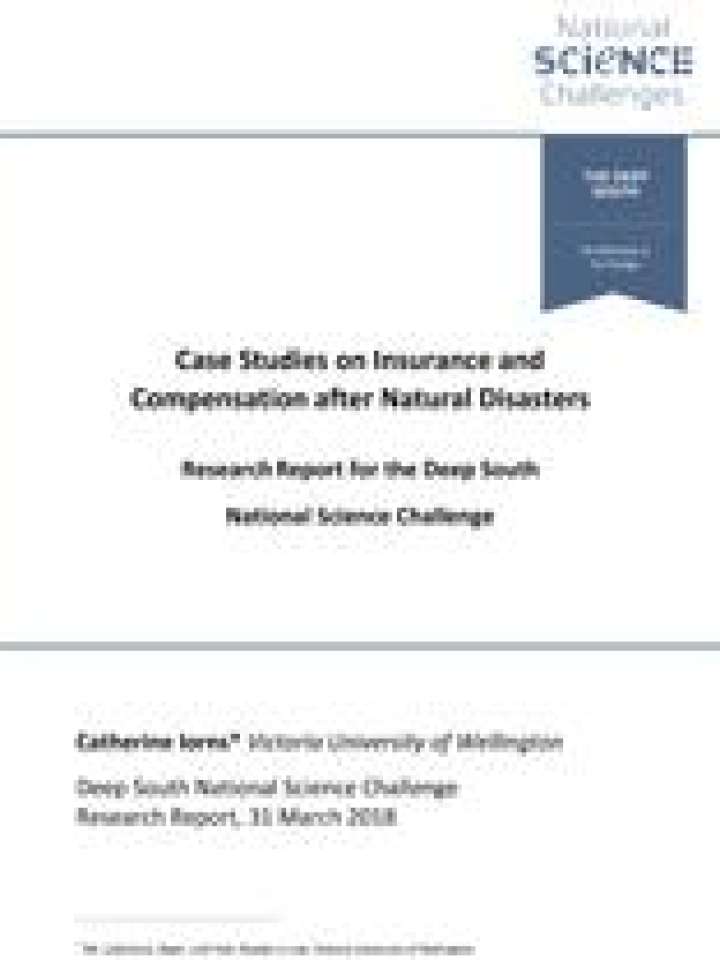Case studies on insurance and compensation after natural disasters
This paper is part of a Deep South National Science Challenge project on insurance and other liability for compensation for damages suffered to housing from coastal hazards associated with sea-level rise. There are a range of issues addressed in this project, presently divided into different discussion papers. One of the other papers focuses on the New Zealand Earthquake Commission insurance and compensation scheme, and how well it might provide for compensation for damage from sea-level rise hazards. A second paper discusses local government liability issues related to sea-level rise. A third paper considers how to better uphold principles of the Treaty of Waitangi in adaptation decision-making. A fourth will address local government barriers and enablers to adaptation. This paper considers some examples of where financial risks to property have fallen both in New Zealand and overseas as a result of some natural disasters, particularly flooding. Pre-existing schemes are important for discussing possible future policy responses as they are and how they could be adapted for new and different natural hazards. Risks relating to sea-level rise challenge how insurance currently operates due to their nonrandom nature. A non-random risk event which effects related areas such as sea-level rise incentivises insurers to withdraw from risk rather than face financial instability. Insurers internationally have already withdrawn from covering some areas, and locally have recently withdrawn from covering certain property damage unrelated to sea-level rise. For example, since Hurricanes Katrina and Sandy, USA insurers have shifted relevant risks onto state and federal insurance schemes, as well as to individual property owners.
Explore further
